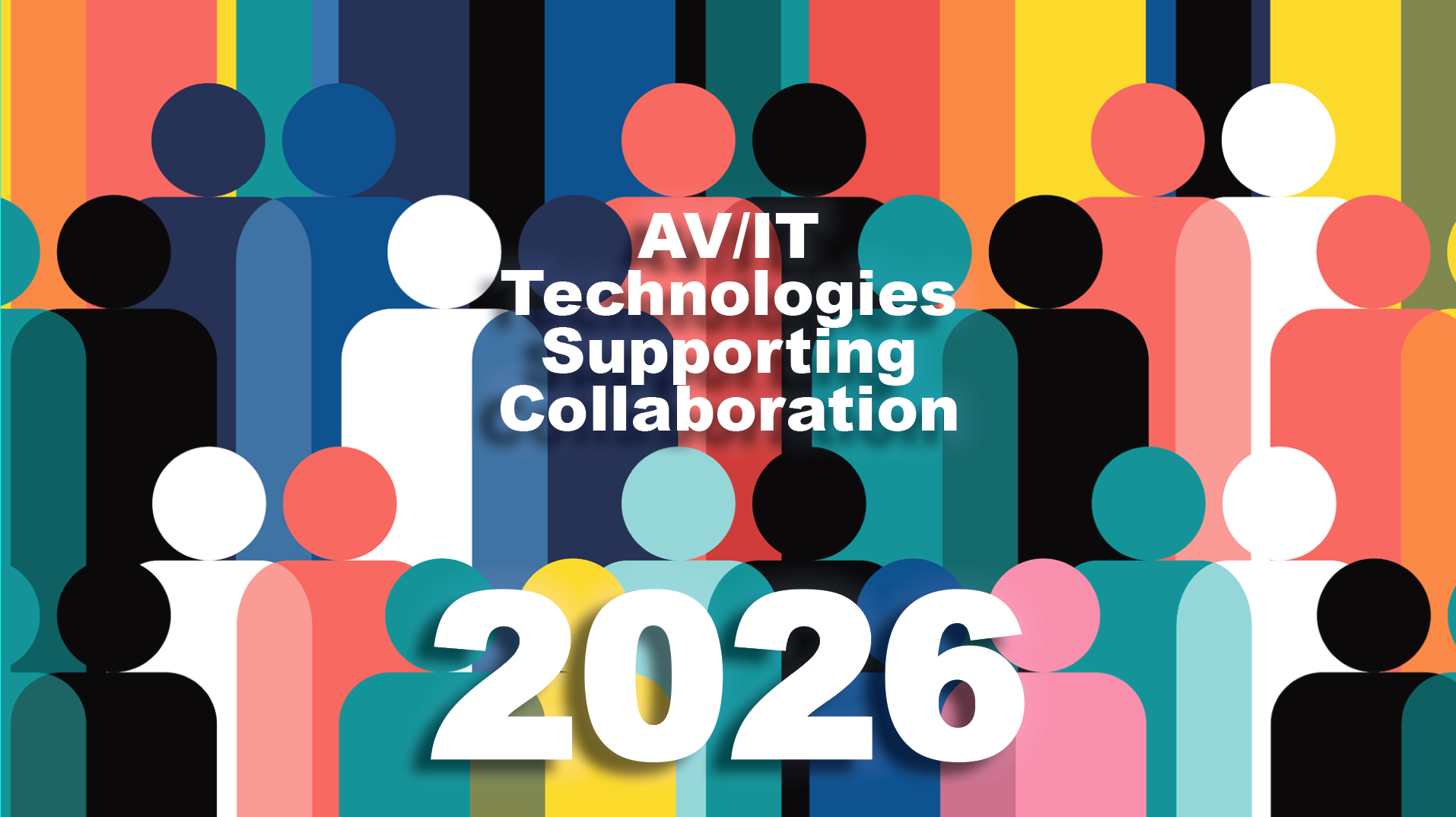On Higher Ed Tech: Sony Electronics
Terrence Boyd, Senior Business Manager at Sony Electronics shares insight into designing the higher ed classroom for today and the future. Part of AV Technology's Thought Leader Series.

AVT Question: Please share insight and best practices for designing the higher ed classroom for today and the future.
Thought Leader: Terrence Boyd, Senior Business Manager at Sony Electronics
The future is flexible, agile, and accommodating, and modern classroom design and implementation must embrace this same philosophy. Remote and hybrid learning are here to stay and it’s imperative to have accessible solutions in place that afford all students with a similar experience, regardless of where they’re located.
Cloud-based and remote solutions can afford more flexibility that allows classrooms to prepare for and move into the future more easily." —Terrence Boyd, Senior Business Manager at Sony Electronics
Designing a classroom that offers an inclusive and user-friendly learning environment requires proper planning and analysis on the front end. A focus on return on objective (ROO) can help set the framework for a successful refresh or a greenfield project. This is defined by identifying your goals, use cases, and expected outcomes and determining how you measure those results. Work toward SMART objectives that are specific, measurable, achievable, relevant, and timely. It seems obvious, but speak with key stakeholders who will use the space—IT, professors, students, or staff—who will interact with and benefit from a successfully redesigned classroom. Once the space is in use, check back in with those same critical users to ensure everything is working as expected and nothing can be improved upon. Feedback and analysis are an important part of the learning journey. Data and analytics are often readily available but under-utilized sources for measuring, analyzing, learning, and improving.
Another factor in preparing for the future is choosing technologies that are scalable and can grow with a user as their needs evolve. Consider updatable and upgradable hardware and software. Additionally, cloud-based and remote solutions can afford more flexibility that allows classrooms to prepare for and move into the future more easily.
A daily selection of features, industry news, and analysis for tech managers. Sign up below.

Cindy Davis is the brand and content director of AV Technology (AVT). She was a critical member of the AVT editorial team when the title won the “Best Media Brand” laurel in the 2018 SIIA Jesse H. Neal Awards. Davis moderates several monthly AV/IT roundtables and enjoys facilitating and engaging in deeper conversations about the complex topics shaping the ever-evolving AV/IT industry. She explores the ethos of collaboration, hybrid workplaces, experiential spaces, and artificial intelligence to share with readers. Previously, she developed the TechDecisions brand of content sites for EH Publishing, named one of the “10 Great Business Media Websites” by B2B Media Business magazine. For more than 25 years, Davis has developed and delivered multiplatform content for AV/IT B2B and consumer electronics B2C publications, associations, and companies. A lifelong New Englander, Davis makes time for coastal hikes with her husband, Gary, and their Vizsla rescue, Dixie, sailing on one of Gloucester’s great schooners and sampling local IPAs. Connect with her on LinkedIn.
